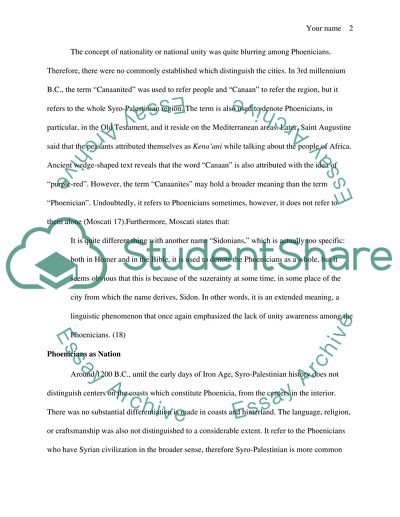Cite this document
(“Phoenician Purple Dye Industry Term Paper Example | Topics and Well Written Essays - 3250 words”, n.d.)
Retrieved from https://studentshare.org/environmental-studies/1423404-phoenician-purple-dye-industry
Retrieved from https://studentshare.org/environmental-studies/1423404-phoenician-purple-dye-industry
(Phoenician Purple Dye Industry Term Paper Example | Topics and Well Written Essays - 3250 Words)
https://studentshare.org/environmental-studies/1423404-phoenician-purple-dye-industry.
https://studentshare.org/environmental-studies/1423404-phoenician-purple-dye-industry.
“Phoenician Purple Dye Industry Term Paper Example | Topics and Well Written Essays - 3250 Words”, n.d. https://studentshare.org/environmental-studies/1423404-phoenician-purple-dye-industry.


